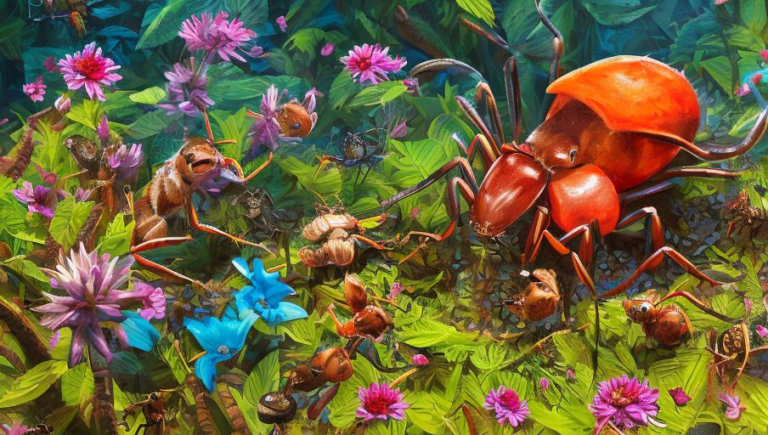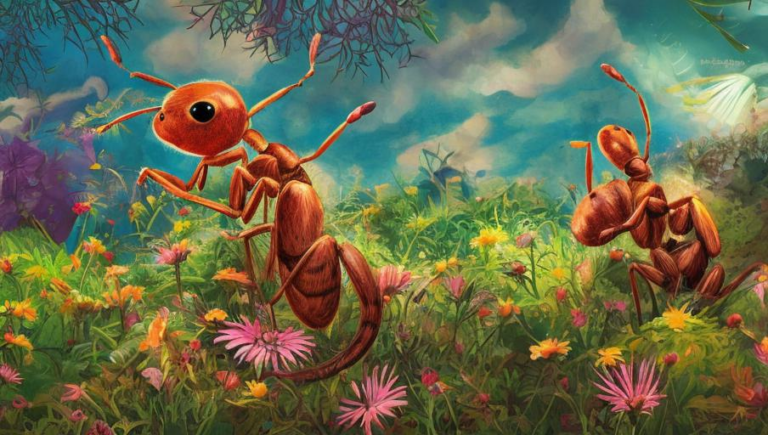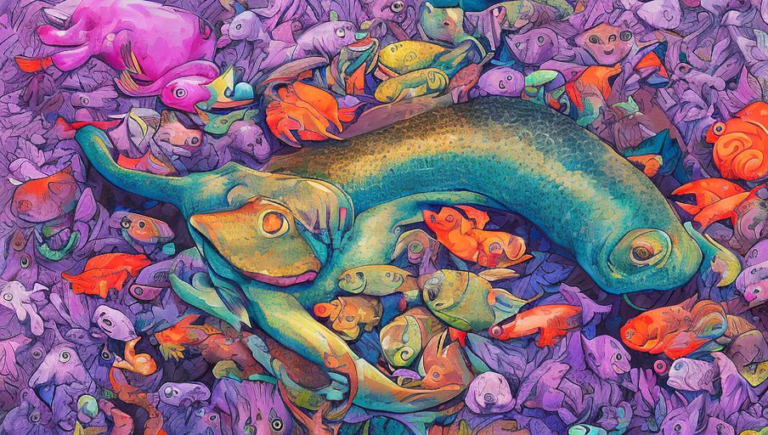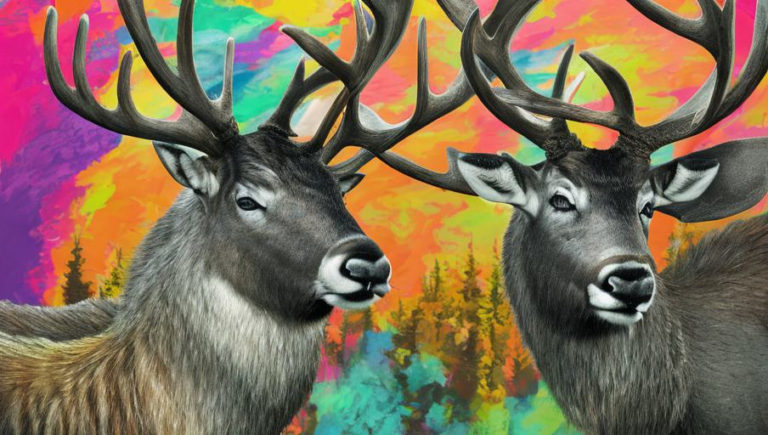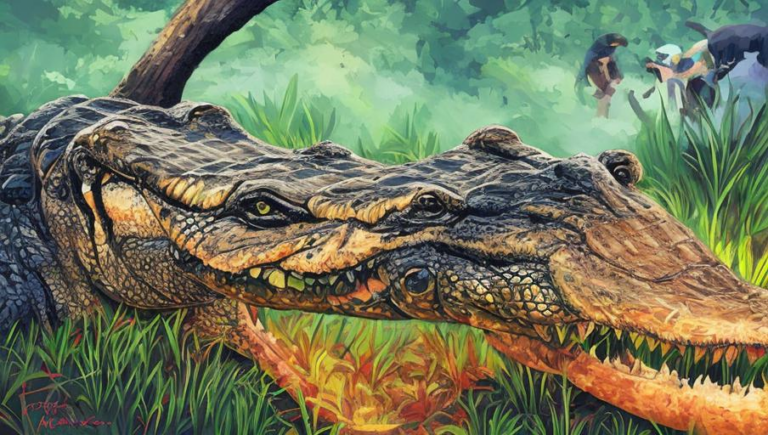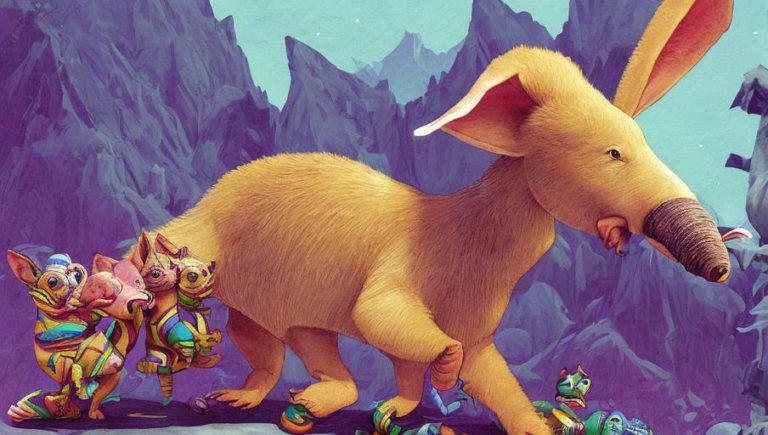Ways to Help Protect Aardvarks
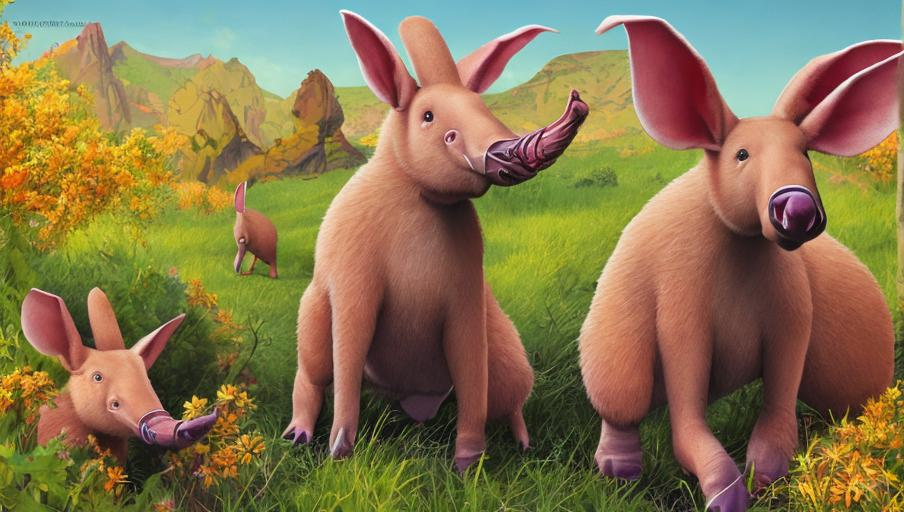
What is an Aardvark?
An aardvark is a nocturnal, burrowing mammal native to Africa. They are closely related to anteaters and have a similar body shape and diet. Aardvarks have long snouts, powerful claws for digging, and long, sticky tongues to feed on ants, termites, and other small insects. They are solitary and are rarely seen in large groups, but they can be found in many different environments, from deserts to forests.
Threats to Aardvarks
Aardvarks are threatened by a variety of human activities, such as poaching, habitat destruction, and pollution. As a result, their populations are in decline in many parts of Africa.
How to Help Protect Aardvarks
Foster Education: Aardvarks are often misunderstood, and educating people about the importance of conservation is one of the best ways to help protect them. By spreading awareness about their plight and the threats they face, we can encourage more people to take action to protect them.
Support Conservation Efforts: There are several organizations and initiatives dedicated to protecting aardvarks and their habitats. By supporting these efforts, we can help to ensure that aardvarks are protected in the future.
Protect Aardvark Habitats: Aardvarks live in a variety of habitats, from deserts to forests. By protecting their habitats, we can help to ensure that aardvarks have the resources they need to survive.
Reduce Human Impact: Human activities, such as poaching, habitat destruction, and pollution, are some of the biggest threats to aardvarks. By reducing our impact on the environment, we can help to protect aardvarks and their habitats.
Support Animal Sanctuaries: Animal sanctuaries provide a safe haven for aardvarks and other animals that have been rescued from the wild. By supporting these sanctuaries, we can help to ensure that aardvarks are given the care and protection they need.
Conclusion
Aardvarks are an important part of the African ecosystem and are vital to the balance of their habitats. By taking steps to protect aardvarks and their habitats, we can help to ensure that they are around for generations to come.
